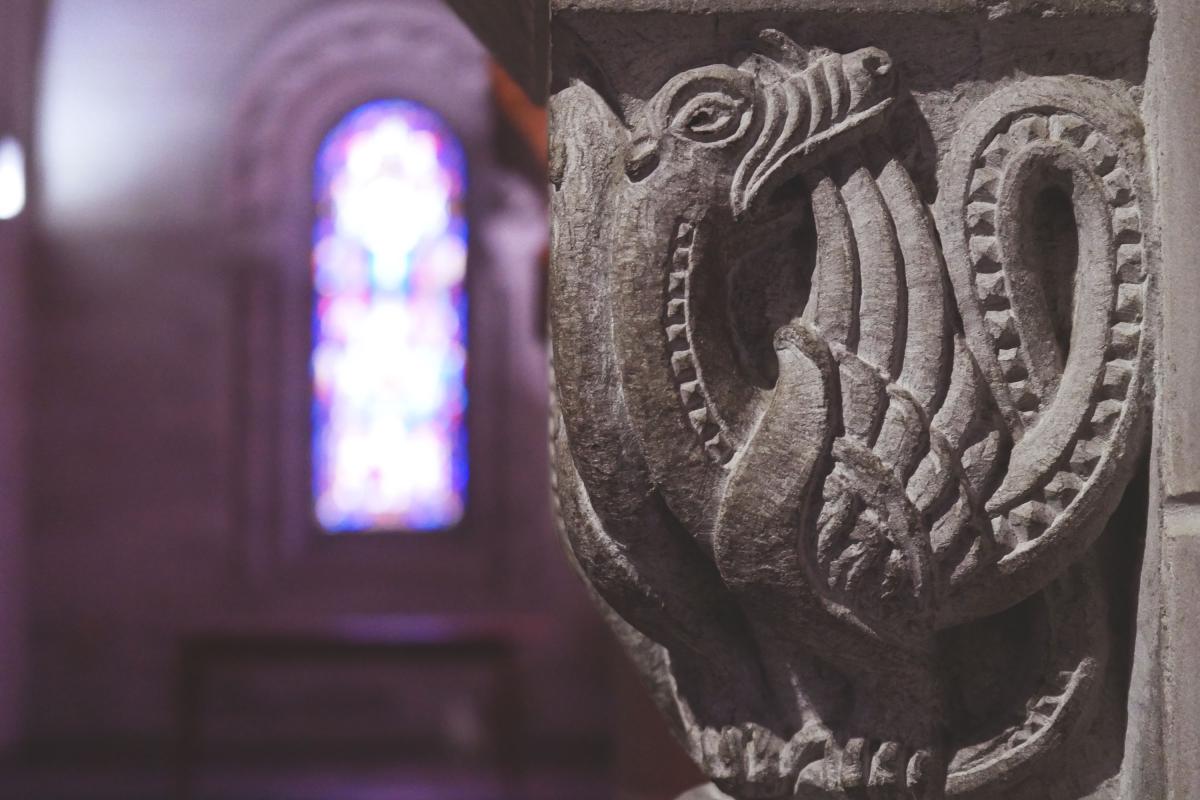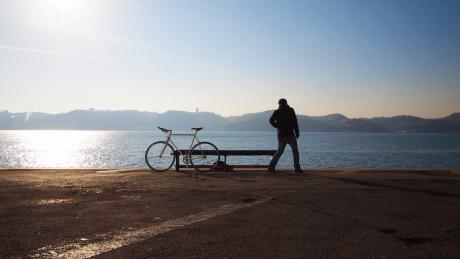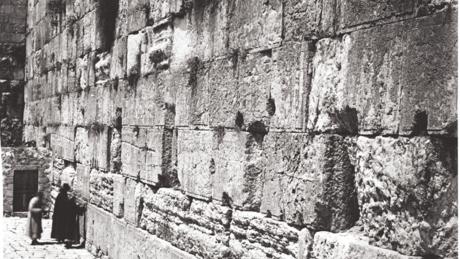
Smells and Bells
Over the course of my youth, my family attended several different churches, something that isn’t uncommon for a family seeking a place that feels like home. Looking back on it now, they all blend together, and I’m no longer sure how long we stayed at each location and whether the memories I have are from services or youth groups or Christmas pageants. It’s all a swirl of Dixie cups, wooden pews, playgrounds, and felt-board Moses.
One thing does differentiate the memories I have, and it begins with my senses, or sense memory. Images of the buildings themselves. There’s the beautiful building downtown with architecture echoing the great cathedrals of Europe; there are the rectangular office-buildings-turned-churches with freshly painted metal playgrounds; and then the few churches that built their own sanctuaries, all not quite committing to creating something tasteful over functional. There was one in a high school auditorium.

Even at a young age I knew there was something deeper going on, and I wondered why some churches were filled with the smell of incense and stonecraft while others glowed with the light from a projector slideshow. I couldn’t have put words to it at that time, but I had already begun to connect my senses with my experience of church. And of God.
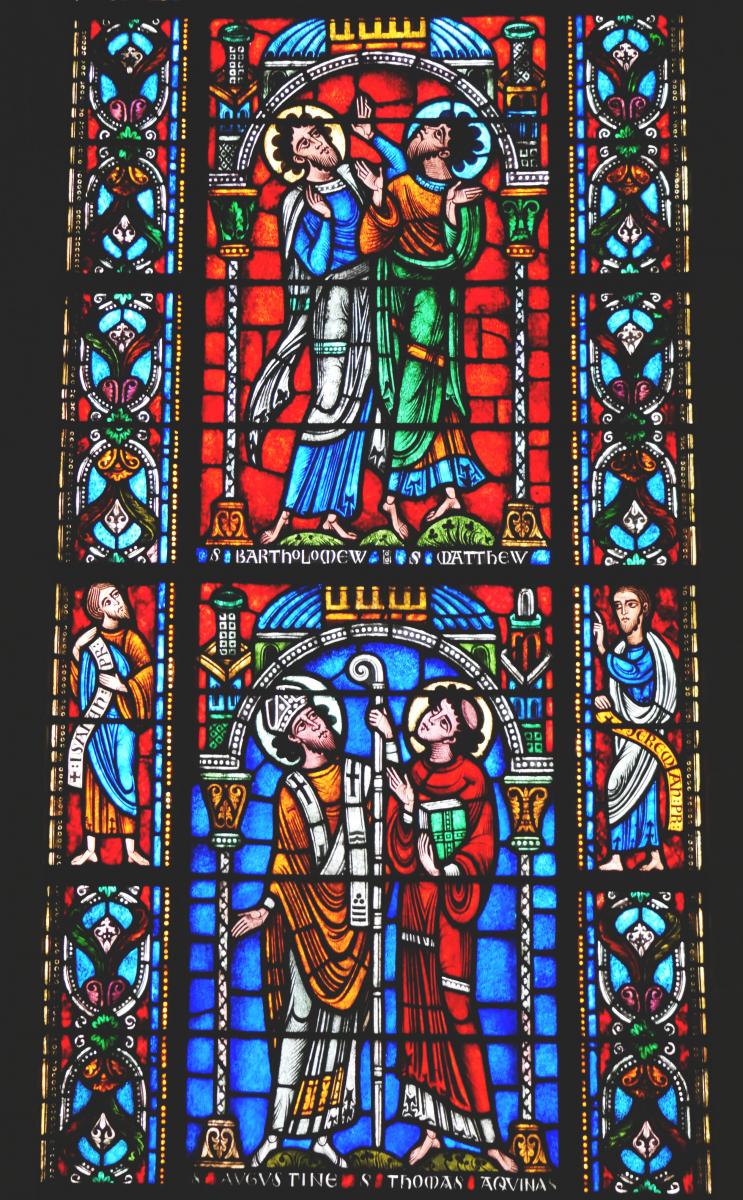
It’s only recently that I’ve had an understanding to describe exactly what I was experiencing. The vestiges of Gnosticism, the fear of idols, the involvement of our senses—all of these deep theological waters had been having a war around me, and I hadn’t been fully aware of it. The battlegrounds were in building designs, lines drawn in the sand were marked with the presence or absence of images and smells, and the silent convictions of the last millennia continued to divide and fight for our attention.
Why were some traditions fine with embracing ornate stained-glass, while others felt that to portray any image other than the flyer for the weekend bake sale was nigh to creating a golden calf? Actually, I do understand, at least a little anyway.
Our experience of the world is all we have to go on; if we couldn’t trust our eyes or our ears or anything else we sensed, we would quite literally be unable to move without fear. We’ve had that power go awry in the past. When a God who can’t be seen, who rarely speaks for all to hear, and only walked the earth in the form of Jesus for a couple of decades thousands of years ago—it’s easy to understand why we would want to trust what we can see for ourselves.
Never mind that that runs contradictory to faith, it’s understandable that when looking at an image meant to represent something we might fear that we might end up worshiping the thing itself. And the triune God has a pretty strict policy about idols…
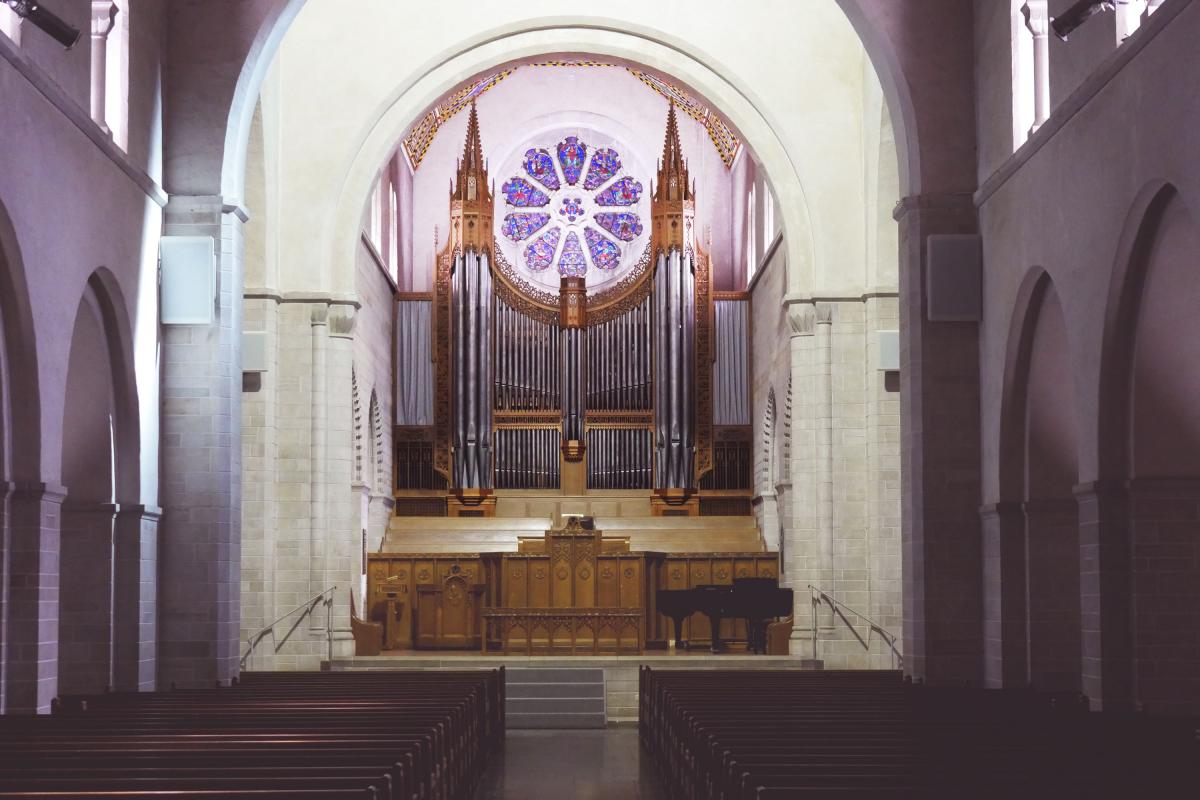
And yet the God we serve is all about creation. He is pleased by the smell of burnt offerings, gets baptized in water, anoints with oil, and transforms bread and wine into something holy.
Now, I’m the kind of person who would rather be in the mountains, surrounded by trees and flowing water, than sitting in a building. But I’m learning to embrace more of my senses in my church experience, too.
In the end, the point is Jesus, the cross, his sacrifice and resurrection, and the invitation to join. The gothic kid kneeling in the wooden pew is seeking after life, as are the flag worshippers twirling on the stage and the small group of young married couples gathered in a home around a bottle of wine.

St. Paul assures us that we haven’t been given a spirit of fear, but of power, love, and a sound mind (2 Timothy 1:7). I don’t want the fear of man’s past idolatry to define my faith. I want to embrace the body and the world that God set me in, the senses he gave me to experience colors and sounds and textures and tastes. Because the more of myself I turn towards Jesus, the easier it is for me to connect with him.
